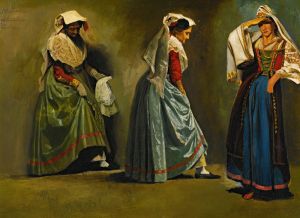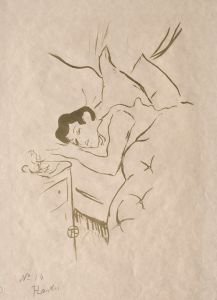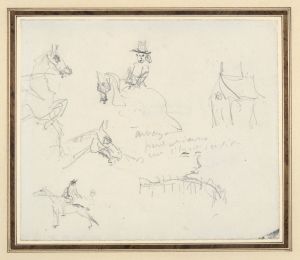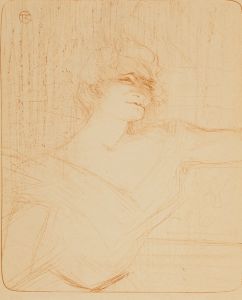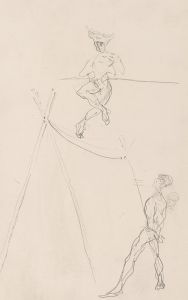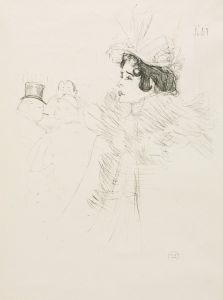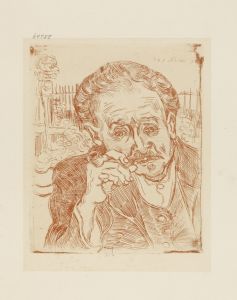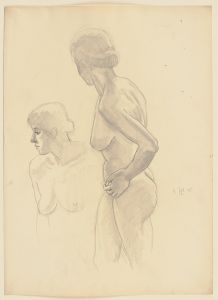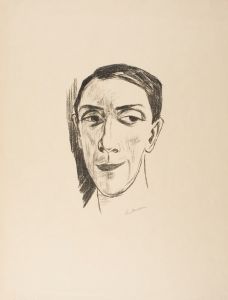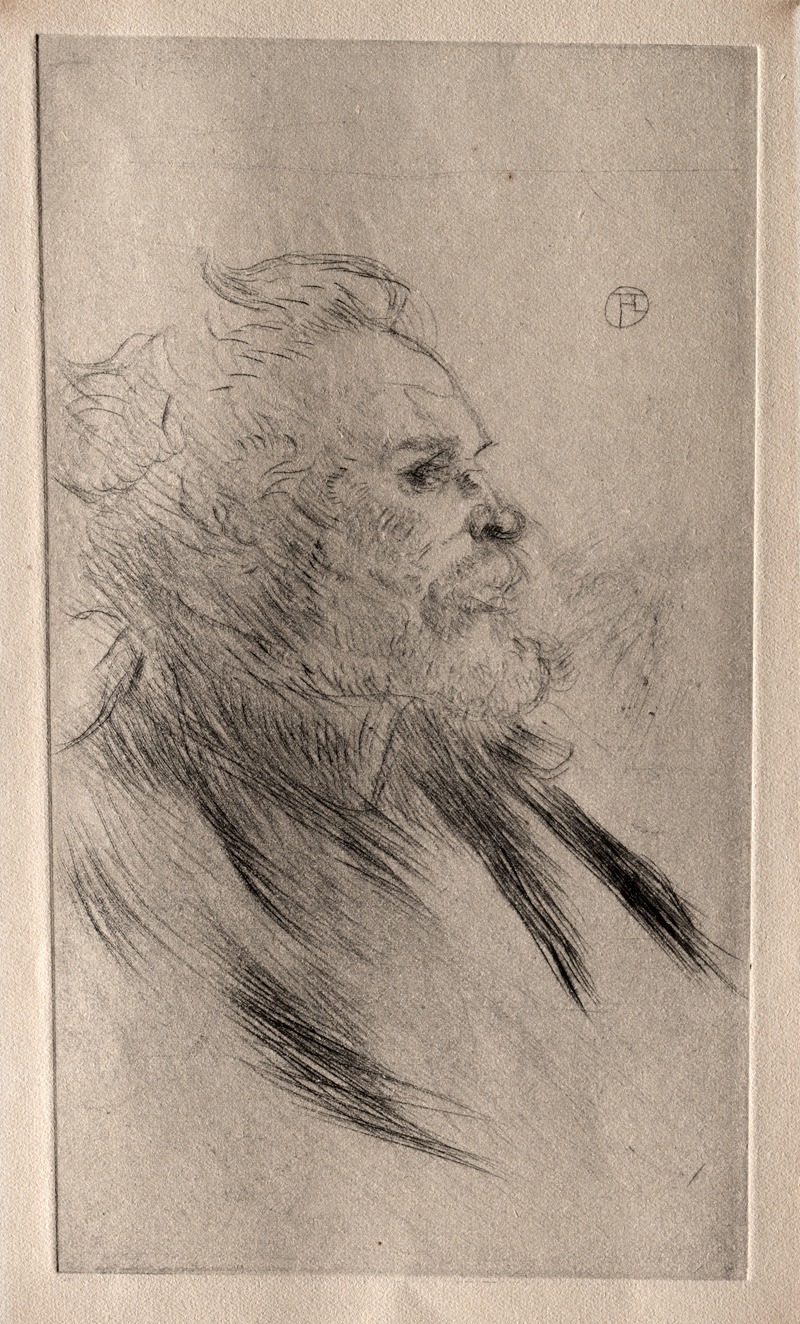
Charles Maurin
A hand-painted replica of Henri de Toulouse-Lautrec’s masterpiece Charles Maurin, meticulously crafted by professional artists to capture the true essence of the original. Each piece is created with museum-quality canvas and rare mineral pigments, carefully painted by experienced artists with delicate brushstrokes and rich, layered colors to perfectly recreate the texture of the original artwork. Unlike machine-printed reproductions, this hand-painted version brings the painting to life, infused with the artist’s emotions and skill in every stroke. Whether for personal collection or home decoration, it instantly elevates the artistic atmosphere of any space.
Henri de Toulouse-Lautrec, a prominent French painter and printmaker of the Post-Impressionist period, created a portrait of Charles Maurin, a fellow artist and contemporary. The work, titled Charles Maurin, is a testament to the artistic camaraderie and mutual respect shared between the two figures. Toulouse-Lautrec, known for his keen observational skills and ability to capture the essence of his subjects, portrayed Maurin with a sense of intimacy and immediacy that reflects their personal connection.
Charles Maurin (1856–1914) was a French painter and engraver associated with Symbolism and early modernist movements. He was known for his socially conscious works and his interest in themes of human emotion and experience. Maurin was also an advocate for progressive political ideas, which influenced his art. Toulouse-Lautrec’s depiction of Maurin is believed to have been created during the late 19th century, a period when both artists were active in the vibrant artistic circles of Paris.
The portrait showcases Toulouse-Lautrec’s signature style, characterized by bold lines, a focus on the psychological depth of the subject, and an economy of detail that emphasizes expression over realism. While specific details about the medium and dimensions of this particular work are not widely documented, it is consistent with Toulouse-Lautrec’s broader body of work, which often included portraits of his friends, colleagues, and figures from the Parisian bohemian scene.
Toulouse-Lautrec and Maurin shared a connection through their involvement in the Montmartre art community, a hub for avant-garde artists, writers, and performers during the late 19th century. This environment fostered collaboration and exchange among creatives, and the portrait of Maurin can be seen as a reflection of this dynamic cultural milieu.
The painting is valued not only for its artistic merit but also for its historical significance, as it captures the likeness of an artist who contributed to the evolving art movements of the time. However, detailed information about the current location or ownership of the portrait is not readily available in public records.
Henri de Toulouse-Lautrec’s Charles Maurin remains an example of his ability to convey character and emotion through his art, offering insight into the relationships and influences that shaped his career. It also serves as a reminder of the interconnectedness of artists within the thriving cultural landscape of late 19th-century Paris.






